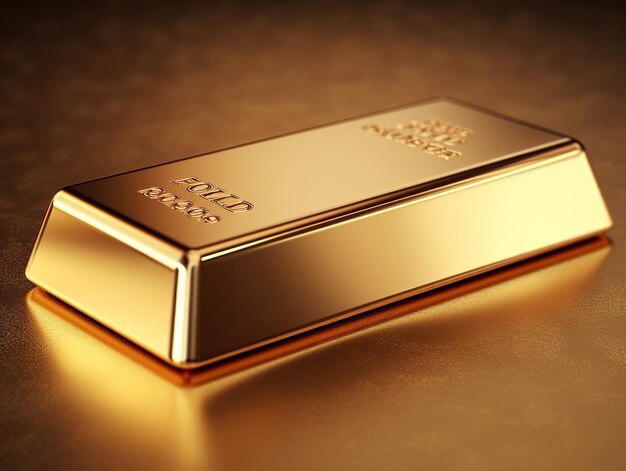Gold price surges as market fears intensify and the weakening U.S. dollar shakes investor confidence.
Amid escalating trade tensions and monetary uncertainty, investors are increasingly shifting their focus toward gold. With expectations around interest rate cuts and doubts about the dollar’s reliability, gold is increasingly becoming a preferred safe haven.
Key Takeaways for Gold Price
- Amid global market uncertainty, gold soared to a new all-time high of $3,245 per troy ounce.
- Weakening U.S. dollar and trade fears are pushing investors toward gold.
- Interest rate decisions by the ECB and Federal Reserve are influencing market sentiment.
Market Context
The recent exclusion of select electronics from U.S. tariffs temporarily lifted market spirits. However, optimism faded quickly after speculation emerged about sectoral tariffs returning. This back-and-forth is contributing to global uncertainty, pushing investors toward safer assets like gold.
Commerzbank analyst Thu Lan Nguyen notes that ongoing market volatility is driving stronger gold performance. Economic fragility, coupled with geopolitical stress, plays a vital role in strengthening gold’s appeal.
The rising interest in gold is also mirrored by significant inflows into the largest gold-backed exchange-traded fund (ETF), reflecting growing investor confidence in gold’s resilience.
Technical Insights
Gold surpassed a key psychological barrier, reaching $3,245 per troy ounce and setting a historic record. This aligns with the dollar’s consistent weakening trend, which has reduced its traditional status as a “safe asset.”
Meanwhile, technical indicators show strong support levels forming near $3,180, with the next resistance eyeing $3,300. Momentum indicators remain bullish, suggesting continued upward pressure if current conditions persist.
Expert Perspectives
Monetary policy outlooks are also playing a critical role. The European Central Bank (ECB) is widely expected to reduce interest rates this week. These actions usually boost gold’s attractiveness by reducing the cost of holding a non-interest-bearing asset.
The U.S. Federal Reserve’s path is more uncertain. Inflation concerns and an economic slowdown are pulling policy in opposite directions. The market anticipates potential rate cuts by June. However, as gold price surges, voices like Minneapolis Fed President Neel Kashkari remain cautious, suggesting no immediate action is needed.
If more policymakers, including Fed Chair Jerome Powell, echo this sentiment, the current gold rally could face headwinds.
Conclusion
In a market clouded by tariff fears, policy ambiguity, and currency depreciation, gold remains a trusted hedge. Unless the dollar strengthens or the Fed’s stance becomes clearer, the current bullish momentum is likely to continue. Investors should monitor upcoming statements from central bank officials and evolving trade developments for further cues.
For real-time gold analysis and expert market signals, visit Daily Gold Signal. For detailed updates on daily gold movements and forecasts, explore our Daily Gold Update section.
Frequently Asked Questions (FAQs)
1. Why did the gold price surge recently?
The gold price surged due to rising trade tensions, a weakening U.S. dollar, and global economic uncertainty. These factors have increased gold’s appeal as a safe-haven investment.
2. What is the current record high for gold?
Gold recently reached a record high of $3,245 per troy ounce, driven by market fears and policy shifts.
3. How do interest rate cuts affect gold prices?
Interest rate cuts lower the opportunity cost of holding gold, making it more attractive to investors. This typically supports gold prices during periods of monetary easing.
4. Is the U.S. Federal Reserve expected to cut interest rates?
The market anticipates potential interest rate cuts by June, though some Fed officials remain cautious. This uncertainty contributes to gold’s current bullish momentum.
5. How does the weakening U.S. dollar impact gold?
A weaker U.S. dollar reduces its value as a safe-haven asset, prompting investors to shift toward gold, which is considered a more stable store of value.





